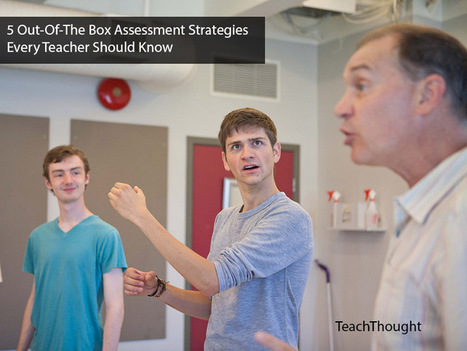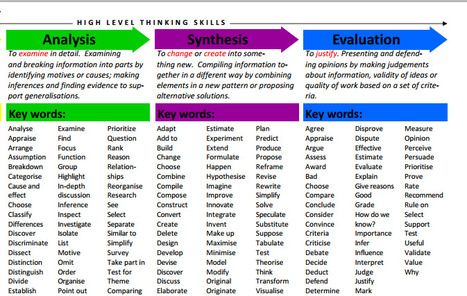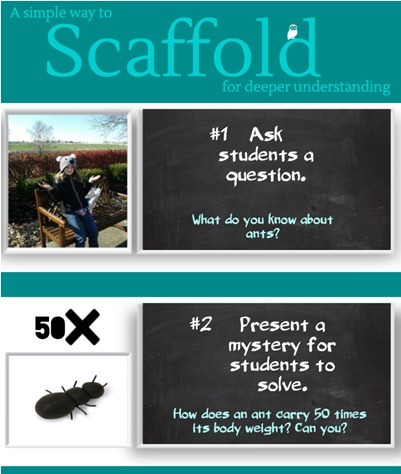It’s kind of a given that most teachers want their students to be doing rigorous, challenging work. Ask any teacher, “Is it your goal to simply have students regurgitate facts in your class?” and every time, the answer will probably be no.
And yet, that exact thing is happening more often than we realize.
It’s not for lack of trying: For years, teachers have consulted their Bloom’s flip charts and DOK wheels to choose the verbs that are meant to represent higher levels of thinking. In a lot of cases, though, while the right verbs are being used, the tasks they represent aren’t actually on the level teachers think they are.
Over the years I’ve seen teachers make two specific mistakes with higher-order thinking tasks more often than any other, so I’m going to drill down and focus just on those two mistakes here.
Via John Evans



 Your new post is loading...
Your new post is loading...













